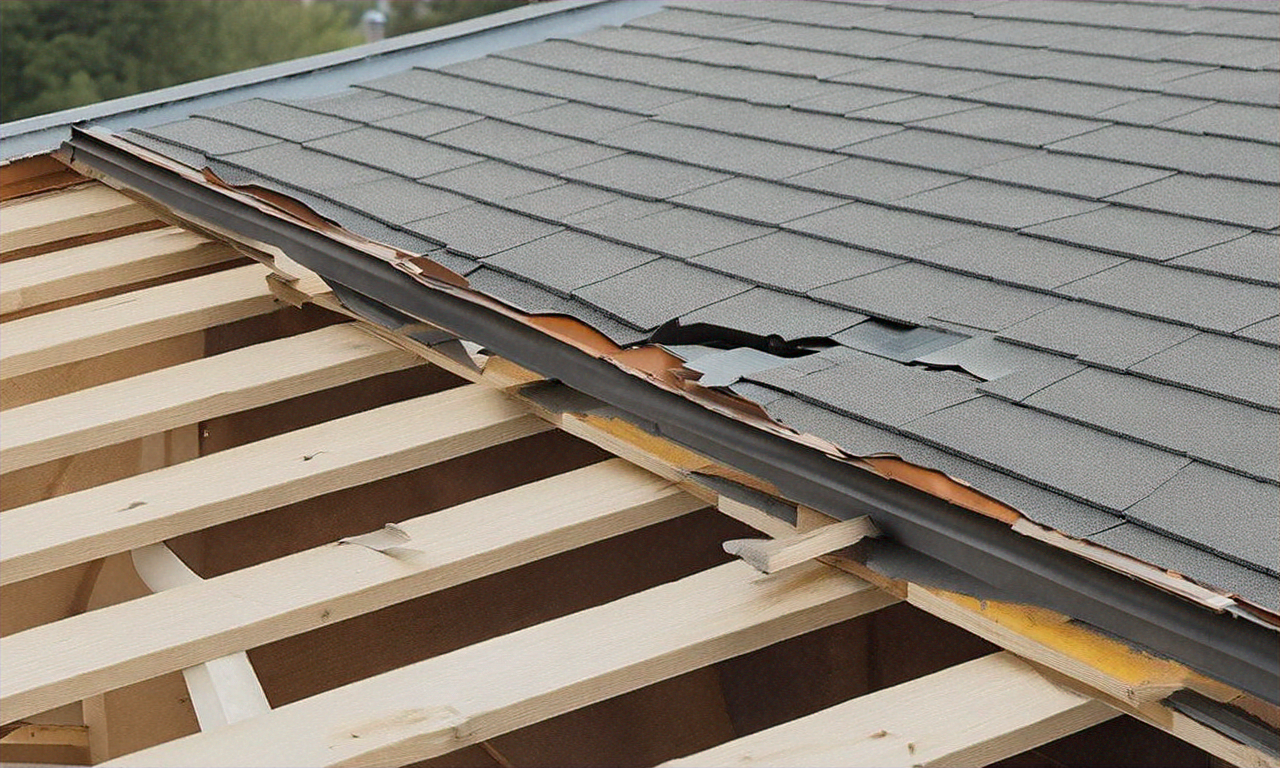Roof Replacement in 2025 — Updated Costs, Overlooked Risks, and How Roofing Materials Are Changing Expectations
Roof replacement in 2025 is more than just a simple home improvement project. With updated costs, emerging roofing materials, and new risks involved, homeowners need to be well-prepared. This article breaks down the key changes in roof replacement costs, the overlooked risks of repairs, and how advancements in materials are reshaping expectations. Understanding these shifts will help you make informed decisions when it comes to your roof’s maintenance or replacement in the coming year.

What’s Driving Updated Roofing Service Prices in 2025?
Roof replacement costs in 2025 have been impacted by several interconnected factors. Material costs have experienced fluctuations due to supply chain adjustments following global economic shifts. Labor costs have increased in most markets, reflecting the growing demand for skilled roofing professionals and the specialized knowledge required for installing newer material options. Additionally, regulatory changes in many regions have implemented stricter building codes that demand higher-quality materials and installation standards, contributing to overall cost increases.
Regional variations remain significant, with urban areas typically commanding premium pricing compared to rural locations. Seasonal demand continues to influence pricing, with many contractors offering more competitive rates during off-peak seasons. Energy-efficient and sustainable roofing options, while initially more expensive, now benefit from expanded tax incentives and rebate programs in many areas, potentially offsetting some of the increased costs over time.
New Roofing Materials 2025: Innovations Changing the Industry
The roofing material landscape has evolved considerably in 2025, with several innovations gaining market share. Composite roofing materials that simulate traditional options like slate or wood shake have improved dramatically in both appearance and durability. These materials now offer enhanced UV resistance and significantly longer warranties than earlier generations.
Solar-integrated roofing has moved beyond novelty status to become a mainstream option, with seamless designs that blend aesthetically with various architectural styles while generating meaningful energy returns. Advanced metal roofing systems now incorporate improved insulation properties and reflective coatings that substantially reduce cooling costs in warmer climates.
Self-healing materials represent one of the most exciting developments, with polymer-based compositions that can automatically repair minor damage and seal small cracks before they lead to leaks. Recycled and upcycled roofing materials have also gained acceptance, appealing to environmentally conscious homeowners while offering competitive performance metrics compared to traditional options.
Risks of Roof Repairs in 2025: What Homeowners Should Know
The evolving roofing landscape has introduced several risks that weren’t prevalent in previous years. Material compatibility issues have emerged as a significant concern when integrating newer materials with existing roofing components. Some innovative materials require specialized installation techniques that not all contractors have mastered, potentially leading to improper application and premature failures.
Weather pattern changes in many regions have introduced more extreme conditions that can compromise roofing systems not specifically designed for these intensified elements. Additionally, the rapid pace of material innovation means some newer products lack the long-term performance data that traditional materials have established over decades of use.
Supply chain disruptions continue to pose risks, with potential delays in material availability potentially extending project timelines. Moreover, warranty considerations have become more complex, with some manufacturers offering impressive coverage terms that contain significant exclusions or maintenance requirements that homeowners might overlook.
Evolving Expectations in Roof Replacement: Beyond Basic Protection
Homeowner expectations for roofing have expanded substantially beyond basic weather protection. Energy efficiency has become a primary consideration, with homeowners seeking roofing systems that actively contribute to reduced heating and cooling costs. Aesthetic customization options have multiplied, allowing for more personalized expressions that complement overall home design while maintaining functionality.
Smart roofing features have gained popularity, with integrated sensors that can detect moisture intrusion, structural stress, or maintenance needs before they become serious problems. Sustainability credentials now factor heavily into decision-making, with homeowners increasingly concerned about the environmental impact of their roofing choices both during installation and at the end of the roof’s lifespan.
Installation processes have also evolved to minimize disruption to household routines, with many contractors now offering streamlined approaches that can complete projects more efficiently than traditional methods. These changing expectations have pushed the industry toward more holistic approaches that consider the roof as an integrated system rather than simply a protective covering.
Roof Replacement Costs 2025: A Detailed Breakdown
Roof replacement costs in 2025 vary significantly based on material selection, home size, roof complexity, geographic location, and contractor expertise. The following table provides average cost ranges for common roofing materials per 100 square feet (or “square”) of roof area.
| Material | Average Cost Per Square | Lifespan | Energy Efficiency Rating |
|---|---|---|---|
| Asphalt Shingles | $350-$550 | 15-30 years | Moderate |
| Metal Roofing | $800-$1,200 | 40-70 years | High |
| Clay/Concrete Tile | $900-$1,800 | 50-100+ years | High |
| Slate | $1,000-$2,000 | 75-100+ years | High |
| Solar-Integrated | $2,200-$3,500 | 25-30 years | Very High (energy generating) |
| Composite/Synthetic | $450-$900 | 30-50 years | Moderate to High |
Prices, rates, or cost estimates mentioned in this article are based on the latest available information but may change over time. Independent research is advised before making financial decisions.
Labor costs typically add $150-$300 per square for standard installations, with complex roof designs, removal of multiple existing layers, or structural repairs incurring additional expenses. Permit fees, disposal costs, and ventilation upgrades can also impact the final project price. Most homeowners report spending between $8,500 and $20,000 for a complete roof replacement in 2025, though high-end materials on larger homes can push costs considerably higher.
Maximizing Value in Your 2025 Roof Replacement Project
When planning a roof replacement in 2025, several strategies can help maximize the return on investment. Timing the project during seasonal lulls can often secure more competitive pricing and contractor availability. Researching local building codes and potential permit requirements in advance can prevent costly delays during the project.
Considering the total lifecycle cost rather than just the initial installation price provides a more accurate picture of value. Materials with longer lifespans and lower maintenance requirements often represent better long-term investments despite higher upfront costs. Additionally, exploring available tax incentives, rebates, and insurance premium discounts for certain roofing choices can significantly offset initial expenses.
Obtaining multiple detailed estimates from reputable contractors remains essential, with careful attention to warranty terms, material specifications, and installation processes. Homeowners should also evaluate how different roofing choices might affect home resale value in their specific market, as premium roofing materials can substantially impact property appraisals in many regions.




